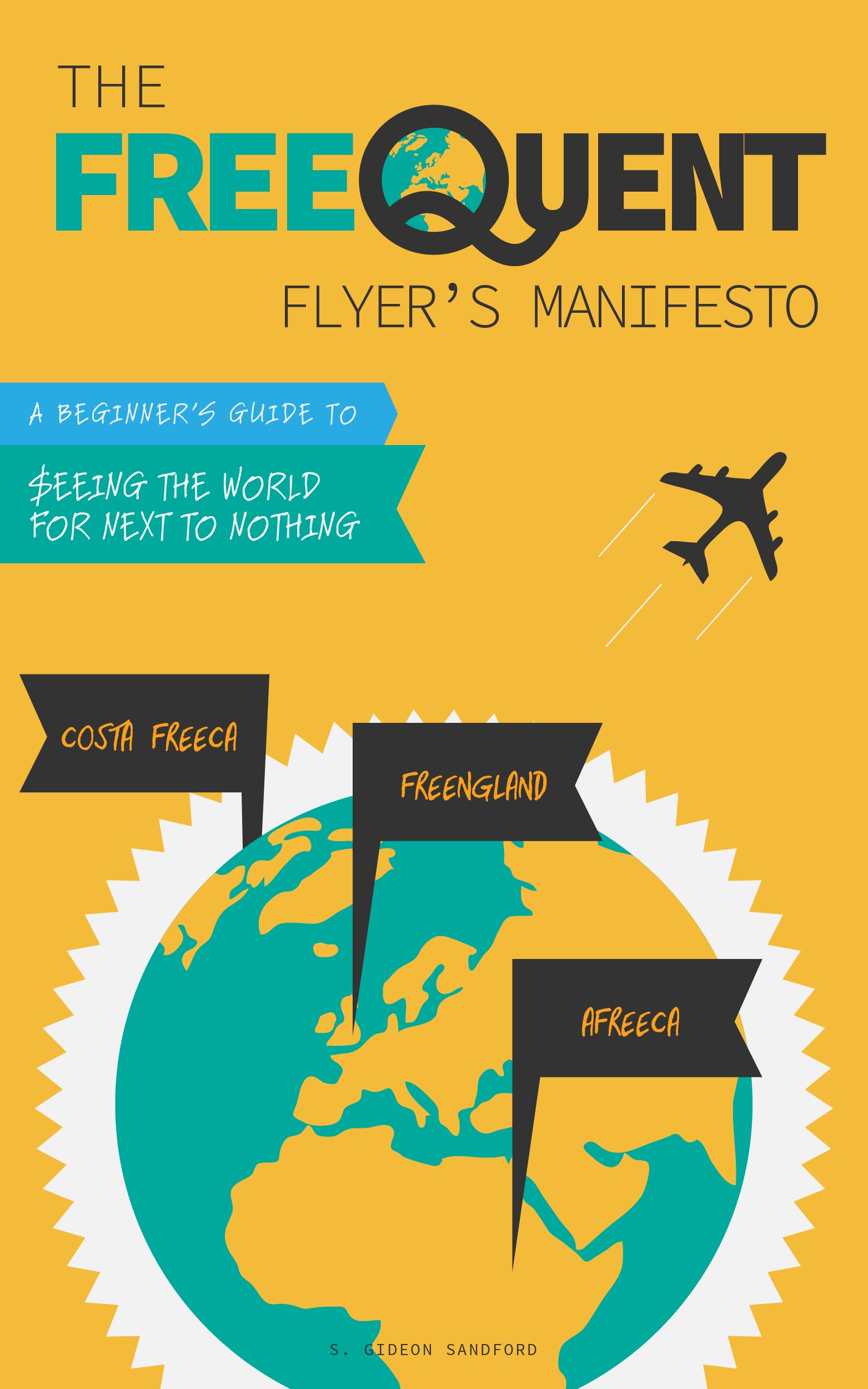Reminder: Starwood Preferred Guest transfers to Amtrak Guest Rewards
/It feels like it's been a while since I've written about Amtrak Guest Rewards! That's mainly because the program underwent a dual devaluation in late 2015 and early 2016:
- On December 8, 2015, Chase Ultimate Rewards points could no longer be transferred to Amtrak Guest Rewards;
- On January 24, 2016, the previous fixed-rate award chart was discontinued and all Amtrak Guest Rewards redemptions became revenue-based.
That made Amtrak Guest Rewards points harder to obtain (since they couldn't be transferred from Ultimate Rewards) and less valuable (since obscenely lucrative fixed-rate sleeping cabin redemptions began costing additional points in line with their revenue cost).
The program still has value, though — in fact, more value than I expected.
Starpoints can still be transferred to Amtrak
While there's no 5,000-point bonus for transfers of 20,000 Starpoints or more, all Starwood Preferred Guest members can transfer up to 100,000 Starpoints to Amtrak. The minimum transfer is 2,500 Starpoints for non-elite members, 1,500 Starpoints for Gold Preferred member, and there's no minimum transfer for Platinum Preferred members.
Amtrak Guest Rewards points can be valuable, more valuable, or very valuable
Amtrak has always had last-seat-availability for Amtrak Guest Rewards redemptions, meaning Amtrak Guest Rewards points could be redeemed for any seat on any train up to the moment of departure (although this was mitigated somewhat by their onerous blackout dates). As you'd expect, before the program went revenue-based, that meant there was more value in expensive, last-minute redemptions than there was in further out, cheaper redemptions.
That's still true today, although for a different reason. Today, the reason that Amtrak Guest Rewards points are more valuable for closer-in redemptions is that they can't be used for "Saver" fares. A simple example should help illustrate the point:
- On Friday, October 21, a Northeast Regional "Value" fare between Washington, DC, and Boston costs $140, or 4,830 Amtrak Guest Rewards points, for 2.9 cents per point in value;
- On Friday, November 25, the same train has a "Saver" fare of $79, but Amtrak Guest Rewards points can't be redeemed against "Saver" fares at 2.9 cents each. They can only be redeemed against the more expensive $108 "Value" fare at 2.9 cents each, or 3,726 Amtrak Guest Rewards points. But if you'd otherwise book the available $79 fare, not the $108 fare, you're only getting 2.12 cents per point!
In other words, fixed-value redemptions against "Value" fares are a great deal when "Value" fares are the only ones available. That means close-in redemptions are more likely to give greater value, just like they did before the program's devaluation.
These 2.9 cent-per-point "Value" redemptions are available for coach and sleeper-cabin tickets, while Acela Business and First Class redemptions give between 1.71 and 2.56 cents per point (it's not immediately clear to me why some Acela redemptions are at the 1.71-cent level and some are at the 2.56-cent level).
Conclusion: Starpoints are valuable — and this is one more valuable use of them
I've been doing this long enough to know that everybody has their own favorite use of each rewards currency they collect. You might be earning and saving up your Starpoints for a big Alaska partner award, or a Singapore award, or just a hotel stay at one of Starwood's bespoke properties.
But earning up to 2.9 cents in fixed value per dollar of unbonused spend is well above what you're likely earning on your cash back credit cards. So while you're saving up for your dream Starpoint redemption, you can also be saving money by transferring them as needed to Amtrak Guest Rewards, rather than being stuck paying cash for your Amtrak tickets.
Instead of thinking of Amtrak Guest Rewards redemptions as being less valuable than your perfect redemption, you can think of them as being one more reason Starpoints are so valuable in the first place.


